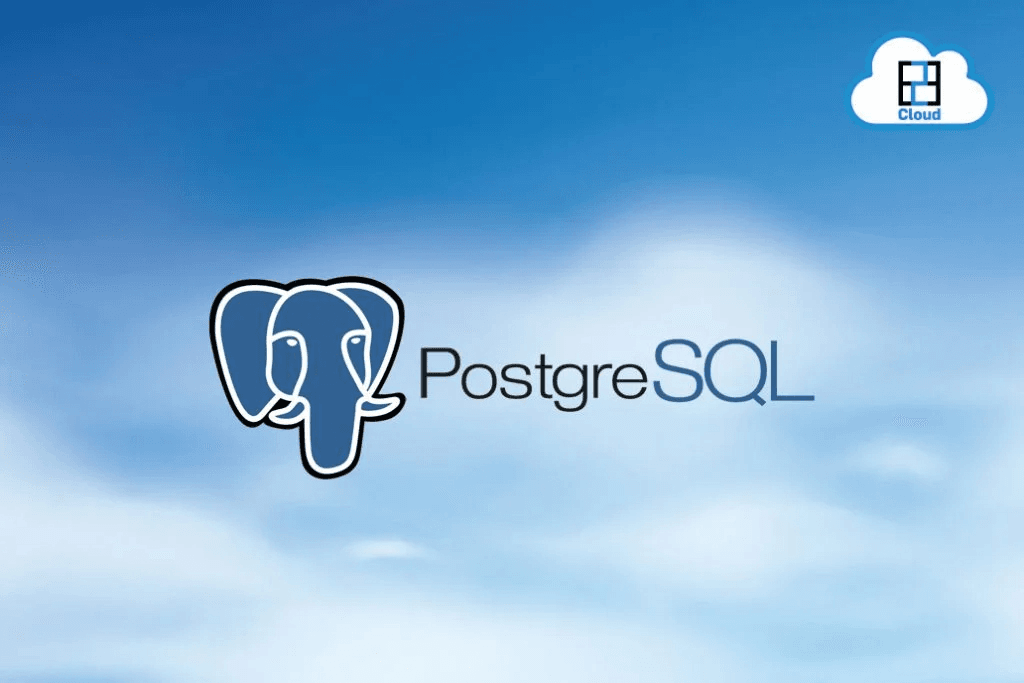From healthcare to banking, machine learning has completely transformed several industries. To fully utilize the potential of these applications, a strong Graphics Processing Unit (GPU) is essential. To developers, Chief Technical Officers (CTO), and tech aficionados, this article lists the best 8 contemporary GPUs that are designed exclusively for machine learning operations. These GPUs provide the ideal blend of performance, effectiveness, and cutting-edge features, enabling rapid calculations and effective deep-learning training.
This list of GPUs includes products from market leaders like NVIDIA, which has particular advantages and skills. The powerful NVIDIA A100 80GB and A40 delivers unprecedented acceleration. The unique Multi-Instance GPU (MIG) technology and huge memory bandwidth of the NVIDIA A100, which is intended for data centers, allow for effective resource utilization.
NVIDIA A30 is designed for mainstream enterprise workloads such as AI inference, training, and high-performance computing (HPC). It offers powerful capabilities suitable for these demanding tasks. On the other hand, NVIDIA T4 is optimized for edge inference, meaning it excels in performing AI computations at the edge of the network. It has the advantage of being compact in size and consuming less power, making it a suitable choice for edge computing environments. The list also includes GPUs like the NVIDIA Tesla V100 and NVIDIA L4 that are tailored to professional needs and offer enormous computational and memory capacity for taxing machine learning and AI applications. These GPUs are also included in the list.
Developers, CTOs, and tech fans can choose the best GPU for their unique use cases by thoroughly researching the top 8 GPUs for machine learning. This will ultimately spur innovation and expand the possibilities of machine learning applications.
NVIDIA A100 80GB: The NVIDIA A100 is a high-performance GPU built for data centers based on the Ampere architecture. It offers unequaled AI task acceleration with 80GB of HBM2 memory and 6912 CUDA cores, allowing for quicker training times and effective deployment. It’s Multi-Instance GPU (MIG) technology enables resource partitioning, allowing various AI workloads to run concurrently on a single GPU.
NVIDIA A100 40GB: The NVIDIA A100 40GB is purpose-built for accelerating demanding workloads like artificial intelligence (AI), machine learning (ML), data analytics, and high performance computing (HPC). With its impressive specifications including 6912 CUDA cores, 432 tensor cores and 40GB of high bandwidth memory (HBM2), this GPU enables remarkable performance gains, up to 20 times higher than its predecessor, the NVIDIA V100. It serves as a robust solution for compute-intensive tasks delivering exceptional processing power and efficiency.
NVIDIA DGX A100: The NVIDIA DGX A100 is an advanced AI supercomputer that represents the forefront of artificial intelligence technology. It delivers outstanding performance and scalability, making it a highly desirable solution for deep learning and data analytics applications. At its core, the DGX A100 harnesses the immense power of the NVIDIA A100 Tensor Core GPU architecture. This architecture seamlessly combines massive parallel processing capabilities with specialized tensor cores optimized for AI computations. Together, these features enable the DGX A100 to achieve remarkable computational performance in the realm of artificial intelligence.
NVIDIA A40: The NVIDIA A40 is a powerful computing device specifically built to enhance the processing capabilities of complex visual computing workloads in data centers. It incorporates advanced technologies like the NVIDIA Ampere architecture, featuring RT Cores, Tensor Cores, and CUDA Cores. With 48 GB of graphics memory, the A40 is well-equipped for demanding tasks such as virtual workstations and specialized rendering. By bringing the next-generation NVIDIA RTX technology to the data center, the A40 serves as an optimal solution for advanced professional visualization tasks, providing cutting-edge performance.
NVIDIA Tesla V100: Designed to accelerate AI, the NVIDIA Tesla V100 is a top-tier GPU. It features 5,120 CUDA cores and up to 32GB of HBM2 memory, providing outstanding performance for training and inference tasks. The Tesla V100 is widely used in the research and data center communities thanks to its cutting-edge capabilities including Tensor Cores, which allow mixed-precision calculations and improved deep learning performance.
NVIDIA A30: The NVIDIA A30 Tensor Core GPU is a versatile compute GPU that utilizes Ampere architecture Tensor Core Technology. It is specifically designed for mainstream enterprise workloads and AI inference, offering support for various math precisions to enhance performance across a wide range of tasks. With its focus on AI inference at scale, the A30 Tensor Core GPU enables rapid re-training of AI models using TF32. Additionally, it provides acceleration for high-performance computing applications through FP64 Tensor Cores.
The A30's compute capabilities are highly valuable due to the combination of third-generation Tensor Cores and MIG (Multi-Instance GPU) technology, which ensures secure quality of service across diverse workloads. This versatility is made possible by the GPU's elastic nature, allowing for efficient utilization within a data center environment.
NVIDIA L4: The integration of the NVIDIA L4 Tensor Core GPU into E2E Cloud's portfolio acknowledges the significance of equipping customers with cutting-edge and energy-efficient hardware. This powerful solution caters to the needs of data scientists, technology professionals, and individuals seeking exceptional performance in their cloud-based workloads.
NVIDIA T4: The NVIDIA T4 GPU possesses exceptional deep learning capabilities. Boasting 16 GB of high-speed GDDR6 memory and 320 Turing Tensor Cores, it delivers outstanding performance in both training and inference tasks for deep neural networks. By harnessing mixed-precision computations and INT8 precision, the T4 GPU achieves accelerated training times and enhanced throughput, resulting in significant speed and efficiency improvements.
Conclusion
Machine learning heavily relies on the strength and effectiveness of GPUs to speed up computations and train sophisticated models. The top 8 current GPUs included in this post meet the various demands of machine learning developers, CTOs, and tech enthusiasts. These GPUs offer the essential firepower for taxing machine learning applications, whether it is the excellent performance of NVIDIA A100 80GB or NVIDIA A40. Professionals may maximize the performance of their machine learning applications by selecting the ideal GPU from this list, spurring innovation and expanding the possibilities in this fascinating area.









